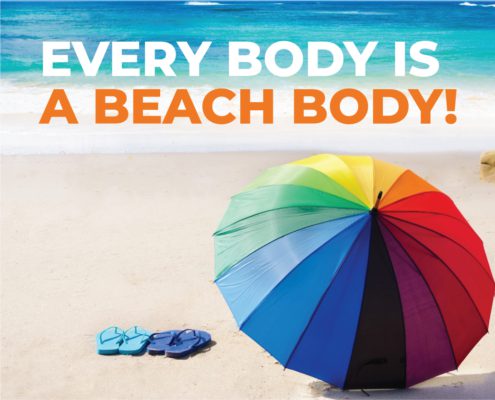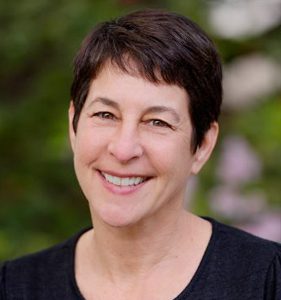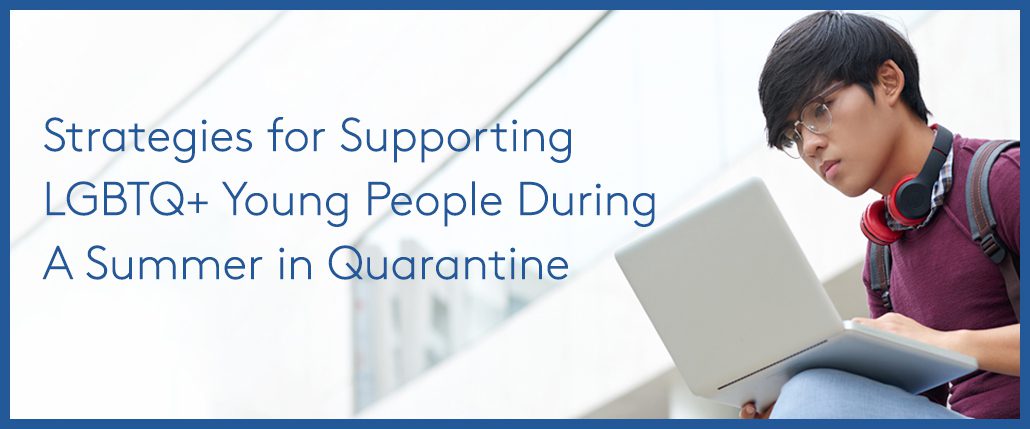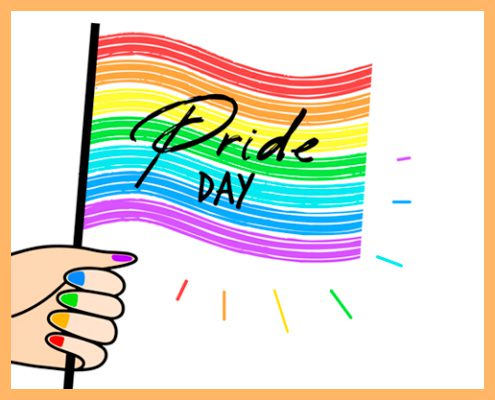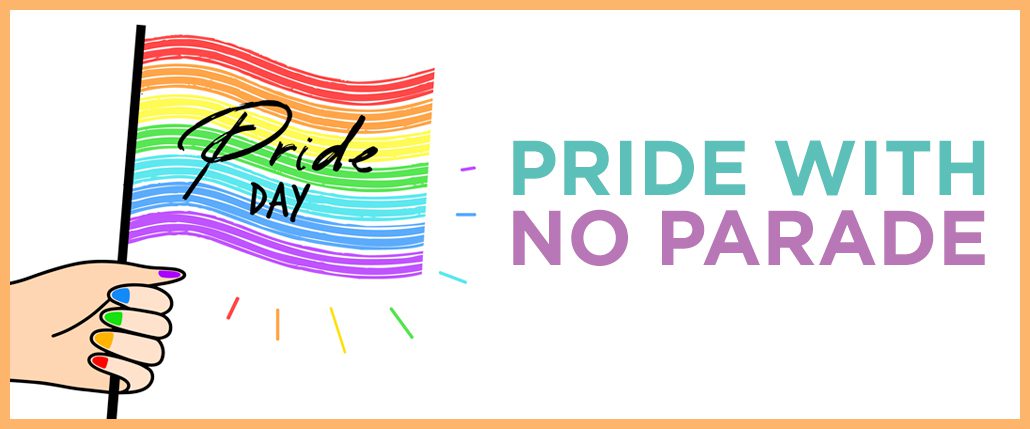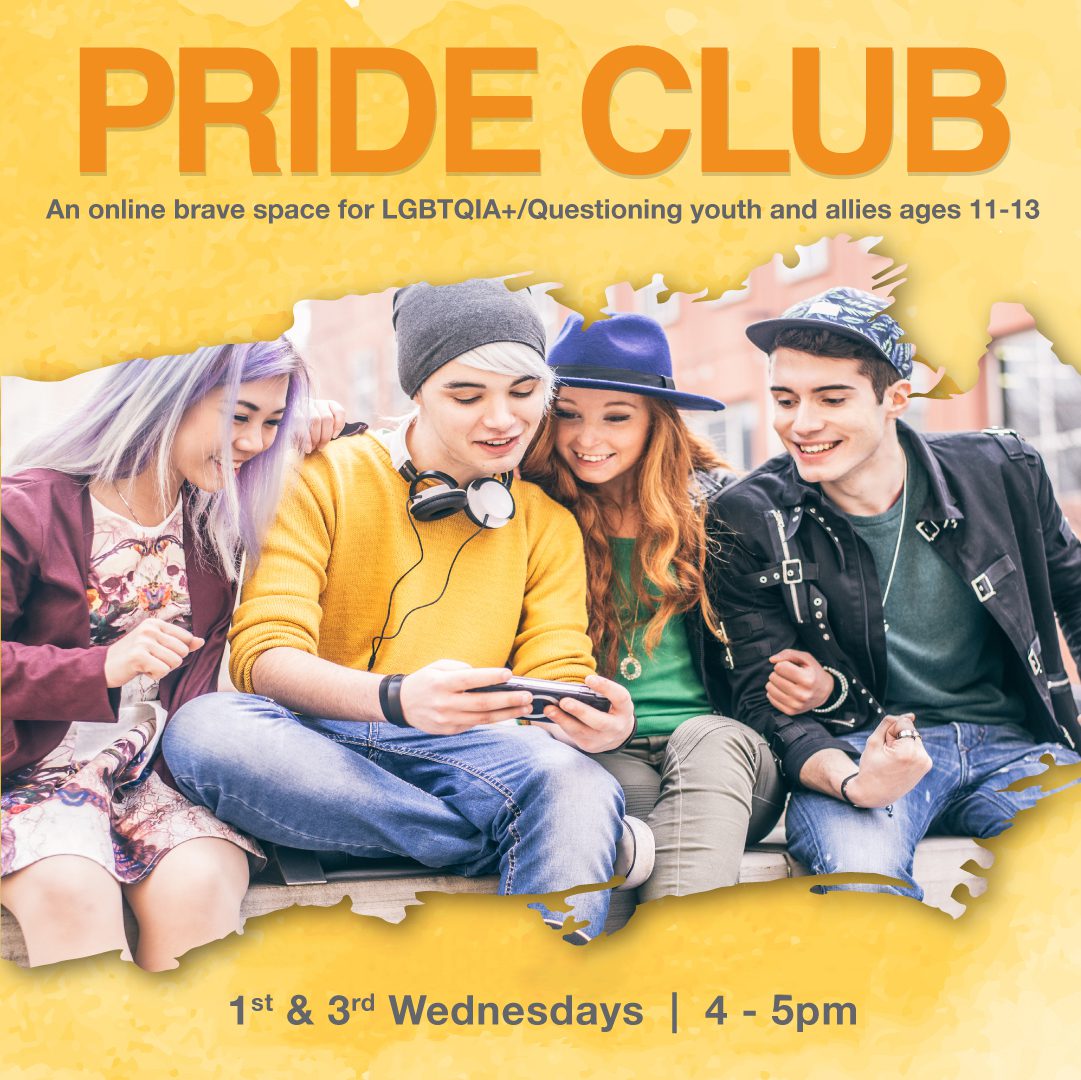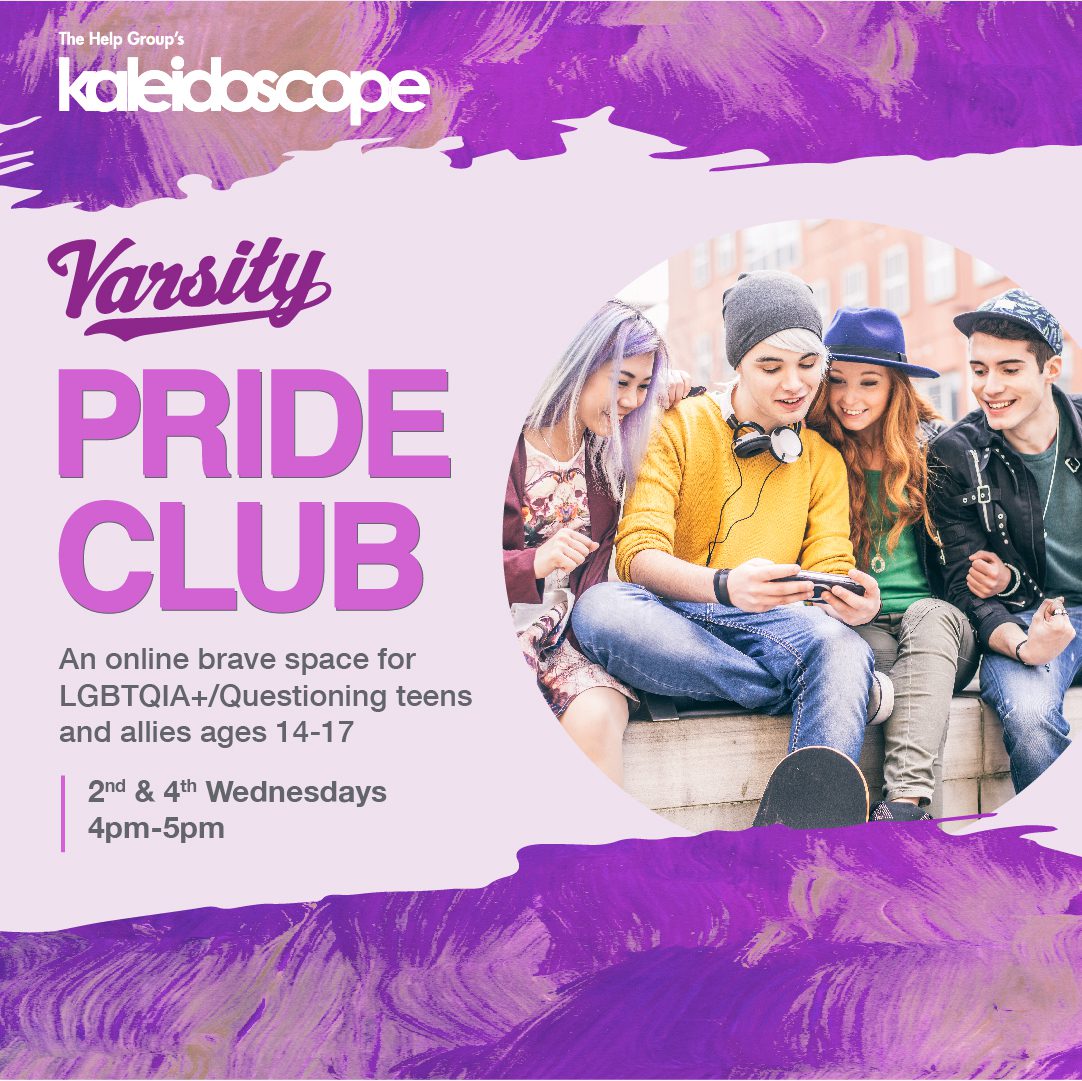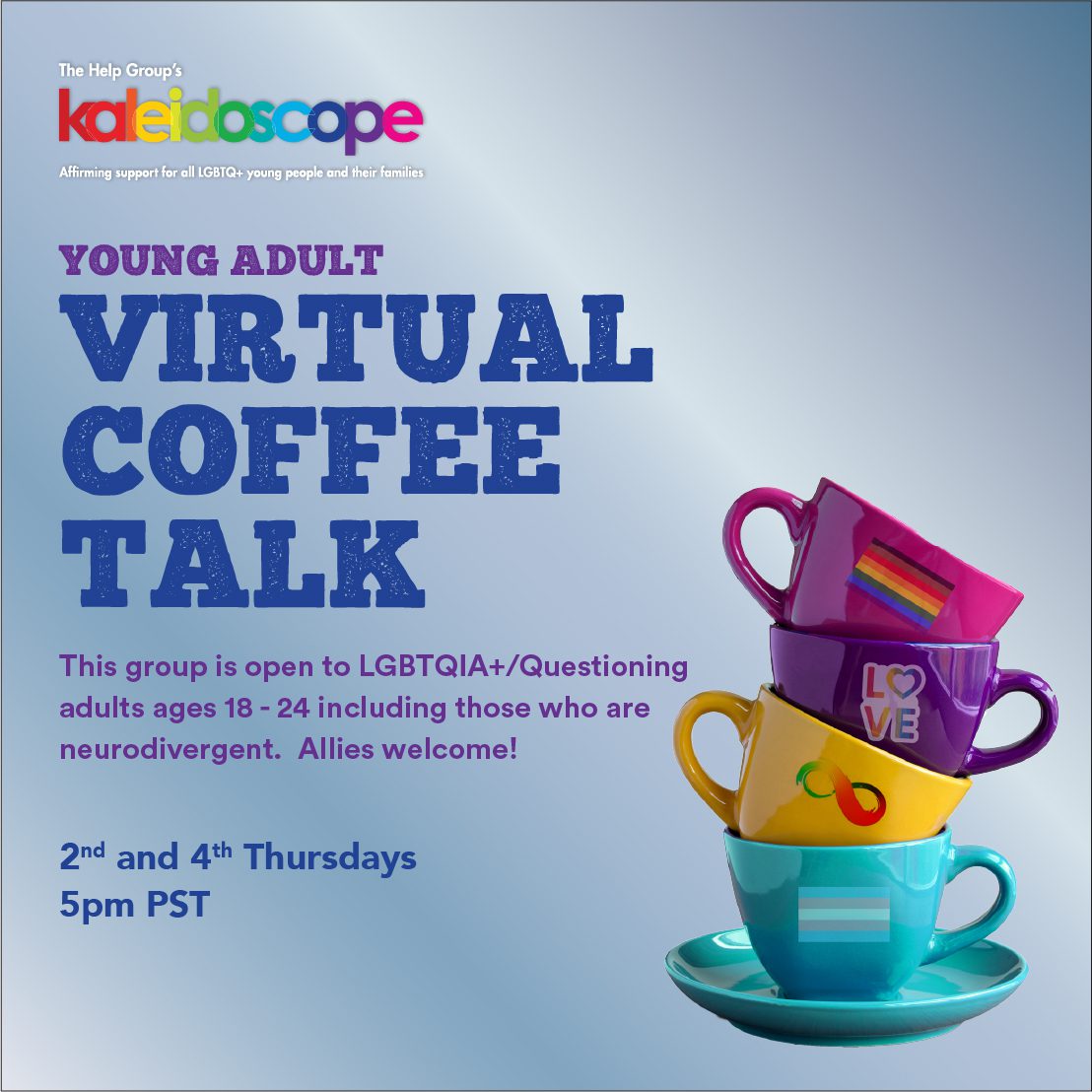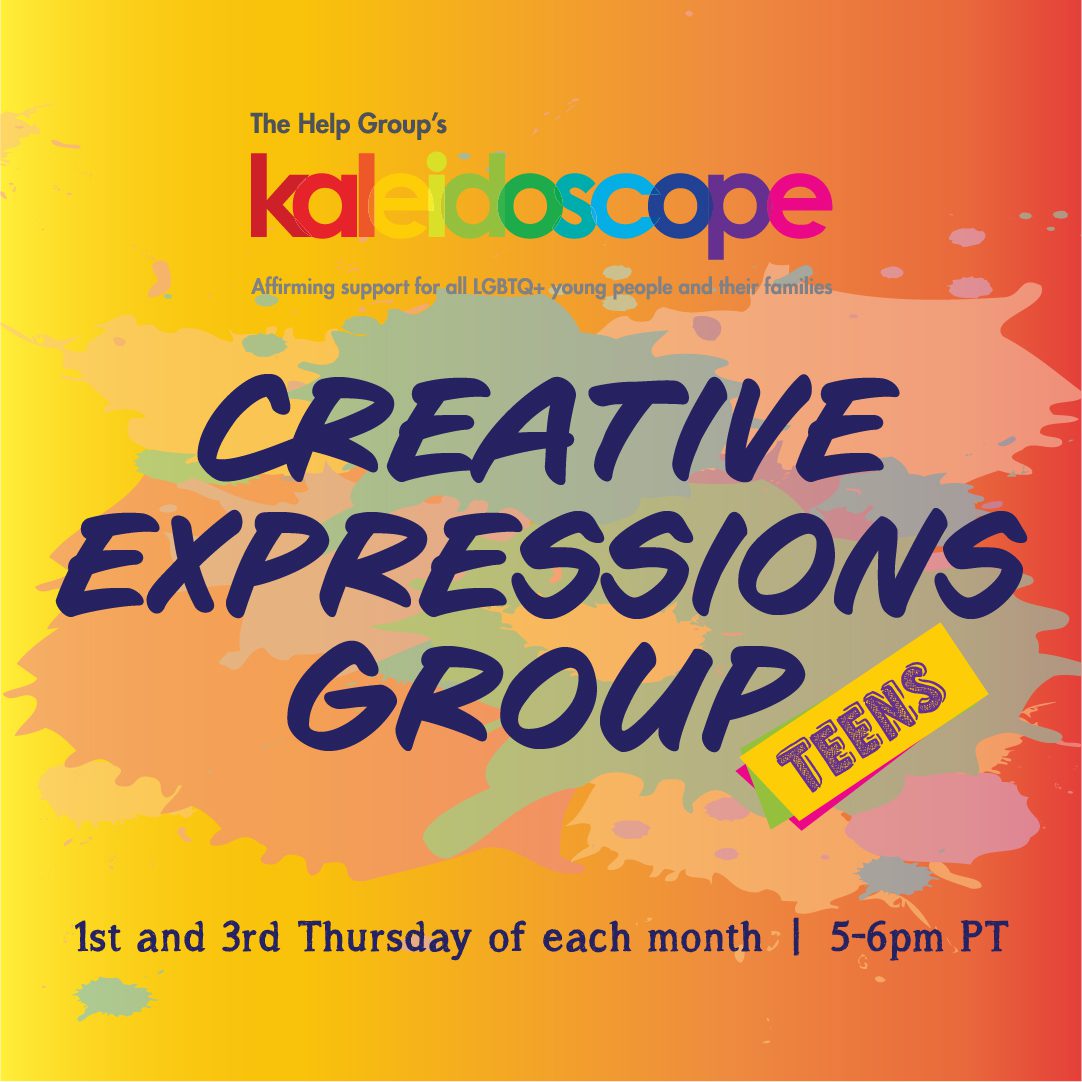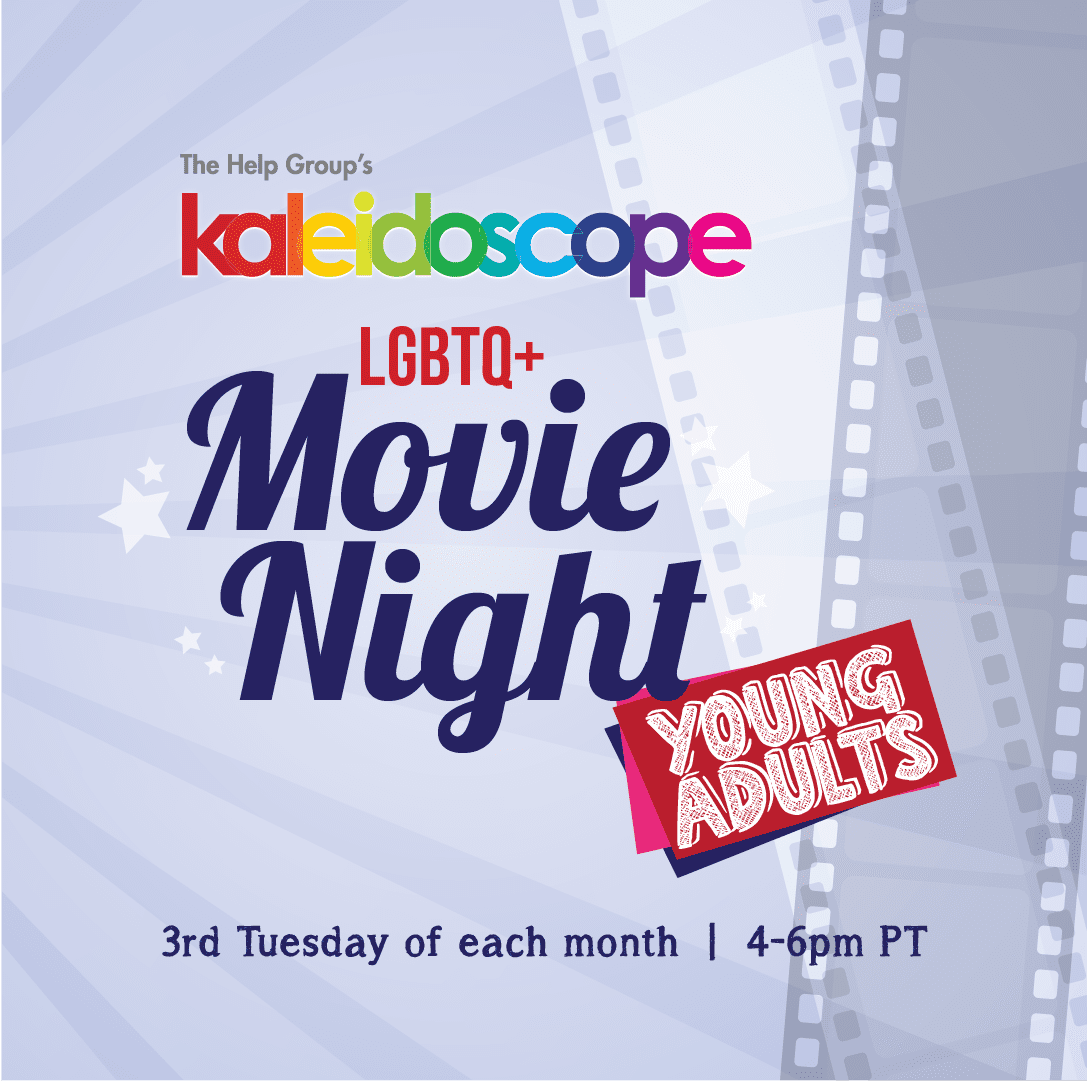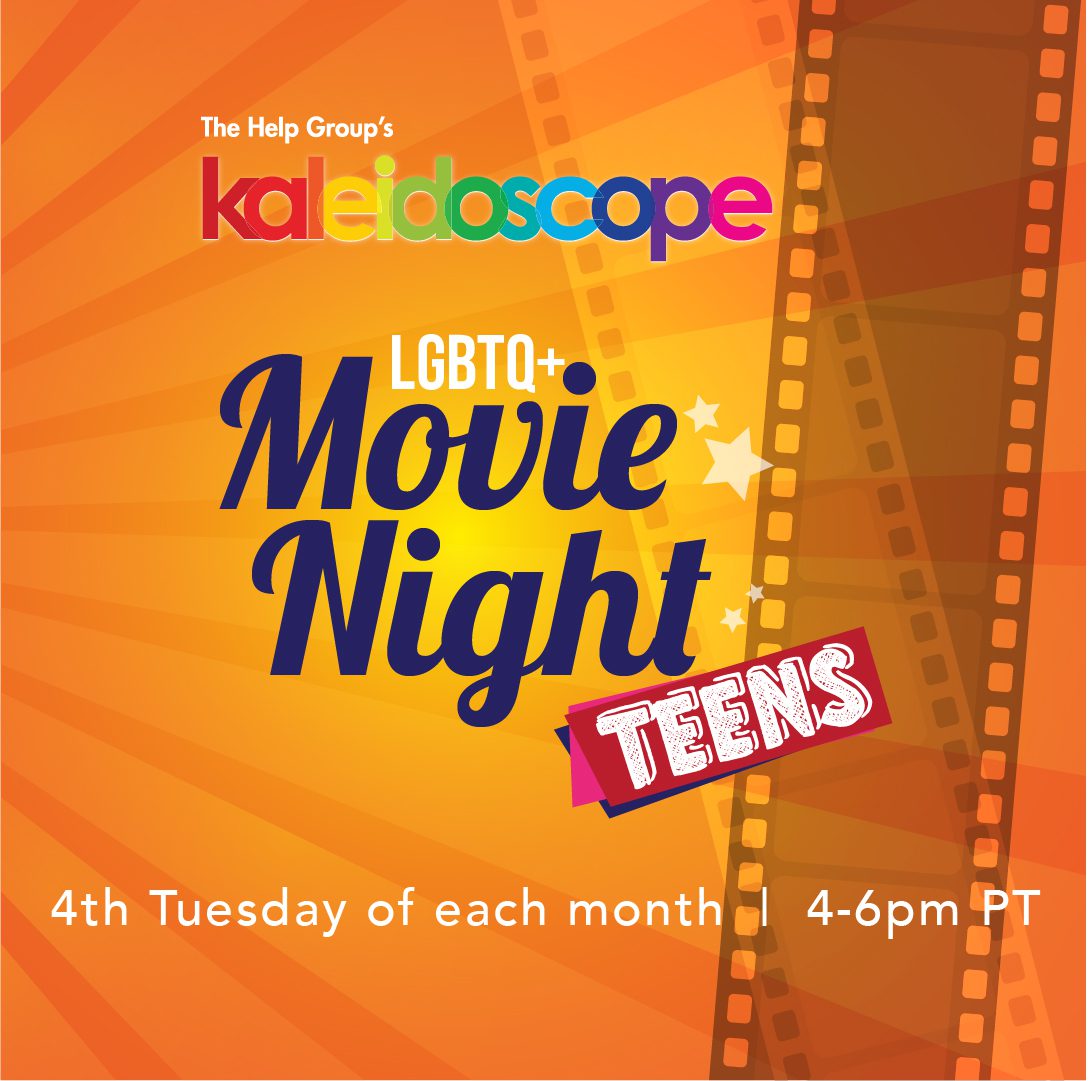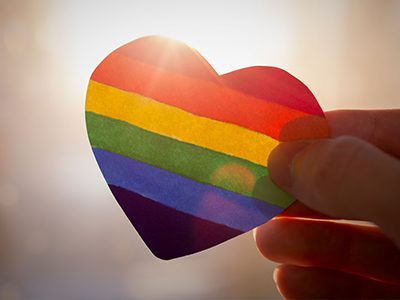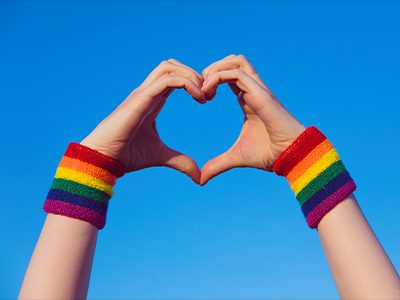Every Body Is A Beach Body!

Every Body Is A Beach Body!
Summer is hot and only getting hotter! For some folks, the perfect place to cool down on a hot day is the beach or the pool. But for other folks, the idea of going to the beach or to the pool, and going swimming, brings up only feelings of dread.
This apprehension may have nothing to do with the activity of swimming itself, and everything to do with the attire it requires us to wear in public. Cisgender people (people whose gender identity matches their sex assigned at birth) experience this anxiety differently than gender non-conforming people (people who do not conform with the gender norms expected of them). Cisgender people may experience body dysphoria when they put on a bathing suit. Body dysphoria refers to a “sense of dissatisfaction with one’s body, and the perception that their body is flawed or defective.” This often relates to the concept of being “beach body ready”, which is gendered in itself. In spite of the variety of shapes and sizes that humans exist in, mainstream media and celebrity culture narrows our perception of what is beautiful or healthy by proposing that an ideal body “type” exists; one for men and one for women. Internalizing the message that we must conform to these ideal body types can lead us to gaze upon our bodies with unloving eyes.
We become aware of gendered body ideals by watching the news, flipping through gossip magazines, and listening to the radio. The media makes dieting and excessive exercise seem necessary or normal. This can impact the way we see our own bodies, and lead us to obsess over whether or not our body matches the ideal “type” associated with a gender we were assigned. For men, the ideal body has been associated with washboard abs and firm pecs. For women, body ideals seem to be constantly changing but flat stomachs and large breasts seem to remain the priority. Both genders are subject to distress under these ideals, as these bodies are hardly as attainable as People Magazine makes them seem.
Bathing suits, just like mainstream body ideals, tend to emphasize certain body parts. For example, it is considered normal for men to expose their chests and wear board shorts, whereas for women, baring a completely uncovered chest is socially unacceptable in most public places. Women’s bathing suits do not cater to people with typical male body parts, and men’s swim shorts are usually not designed for people with smaller waists and wider thighs.
All of the standards around bathing suits tend to put gender non-conforming people in a position that is often emotionally, and sometimes physically, painful. This is especially true of the high percentages of trans and nonbinary people that experience gender dysphoria, meaning distress or discomfort because of the difference between a person’s gender (assigned at birth) and their present gender identity.
In the past, conversations about bathing suits typically revolved around the word “sexy”. But now, thankfully, more brands are releasing bathing suit lines for nonbinary and trans folks. This, in turn, is making the bathing suit conversation more about comfort, and less about whatever the ‘objective’ sexiness is currently in fashion.
The good news is that change is happening. TomboyX has a swimwear line with a variety of choices for masculine people, and Outplay offers gender neutral swimwear and sportswear for all.
If a LGBTQIA+ child or teen needs assistance with choosing a swimsuit, a parent can help make the experience more comfortable by letting their child know they understand how anxiety provoking this purchase can be. Parents can help by stressing that a swimsuit should be comfortable for the wearer, and allow the wearer to participate in beach or pool type activities with confidence. And parents should try to let go of any “beliefs” regarding what is normal or socially acceptable about what bodies should wear at the beach or pool.
Summer time is joyous but fleeting. All of us at Kaleidoscope wish you fun and happiness as you spend time doing summer activities with family and friends – and we hope you do not spend a moment thinking about tired, old, out-dated ideas of what a “beach body” should look like.
